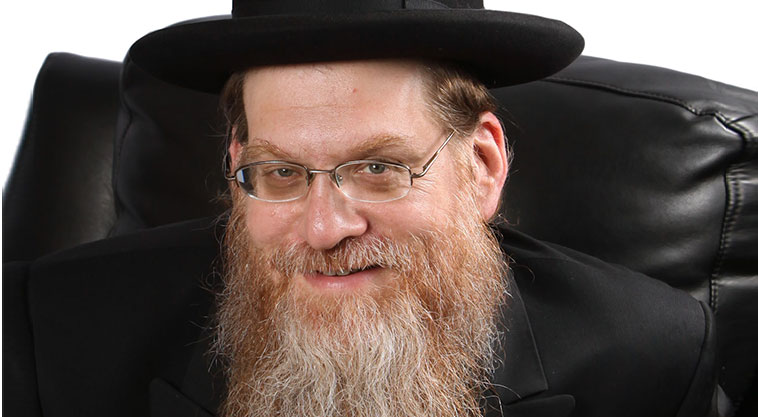Invitations

She was concerned about how her children, with their secular Israeli outlook, would fit into her newly Torah-observant home
Earlier this year, Leah was very nervous about the upcoming Pesach. It had been years since she moved from Yerushalayim to New Jersey, and much had transpired.
After a difficult first marriage, she found Aharon, who, like Leah, sought to rebuild. Leah sent her youngest daughter to public school, hoping she would find tolerance and acceptance in their adopted host country. Yet her expectations soon turned to despair. Leah and her daughter very quickly met with the realities of intolerance and disapproval, leaving them crestfallen and dispirited.
But as Jews have done for generations, Leah and Aharon began their trek back to their birthright and found their way back to shul. Eventually, the youngest daughter catalyzed the family’s reconnecting to Yiddishkeit when they enrolled her in a local day school.
When Pesach approached, Leah decided it was time for the whole family to reconnect, as she had left her two oldest children — a young man and a post-IDF daughter — in Israel.
Leah invited them to her home in Passaic to experience Pesach and allow them to see the beautiful and warm home she and Aharon had built. She was quite nervous, however, about her older children’s reaction to the new rules and regulations the observance of Pesach would require.
Leah called me many times to ask numerous questions regarding kashrus and the observance of the second day of Yom Tov for Israelis. Yet most of all, she was concerned about how her children, with their secular Israeli outlook, would fit into her newly Torah-observant home. Would they rebel? Would the Sedorim go too long? Would her children understand all the necessities of keeping the house chometz-free? And what about kitniyos? As her children had been living in secular Israeli society, where even many “traditional” Ashkenazim have adopted the Sephardic practice of eating kitniyos during Pesach, would they balk at this new stringency?
Her questions reflected her desire for the family to bond, yet they were mixed with her wish for the children to enjoy and revel in the beauty of the Yom Tov.
I did my best to reassure Leah that her most important task was making her children feel wanted, loved, and accepted. If she succeeded in displaying the love and warmth of a Jewish observant home, everything else would fall into place. And despite my outward signs of confidence, I was pleasantly surprised when Leah described the wonderful, warm, and joyous Pesach the family shared.
The Sedorim were more beautiful than she could have imagined. The family recalled old melodies from their grandparents, and the night blissfully dissolved into morning as the family celebrated and bonded. There were only tears and wishes that time would stand still as Leah’s son and daughter left for the airport to return to Israel.
Yet time did stand still.
Yael, Leah’s daughter, soon informed her mother that she had brought the warmth, beauty, and restful spirit of Shabbos to her home in secular Tel Aviv, inspired by the show of love and family togetherness at the Pesach Sedorim.
Leah was overjoyed. Yet neither of us could have imagined the far-reaching impact of that love.
On Monday, October 9, Isru Chag in America, Leah sent me a screenshot her daughter had just forwarded her.
It displayed a text message from a few days earlier, complete with a flyer, inviting Yael to a music festival in the Negev on October 7.
The screenshot also displayed Yael’s response:
“Wow, looks great; if it wasn’t on Shabbat, I’d be there!”
(Originally featured in Mishpacha, Issue 987)
Oops! We could not locate your form.


